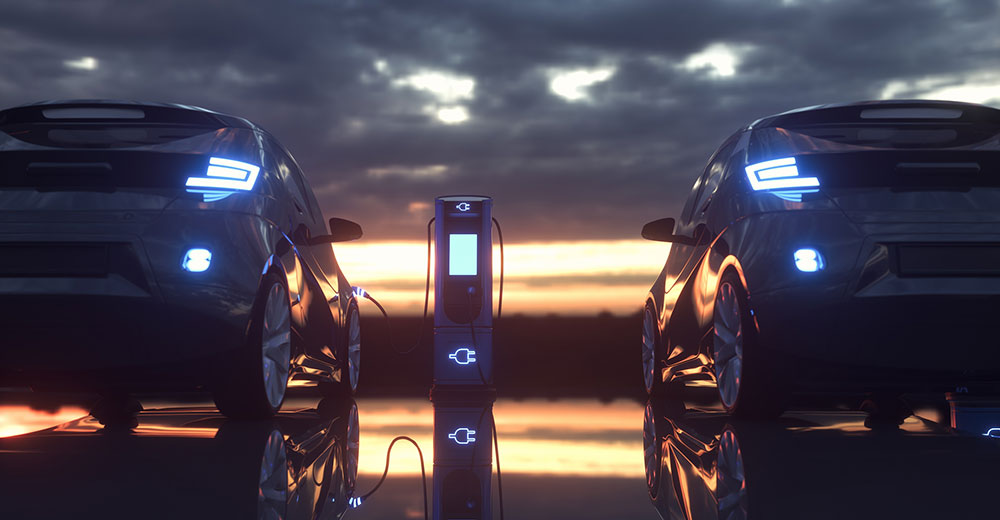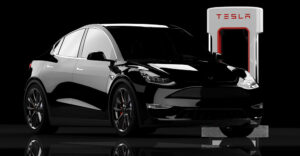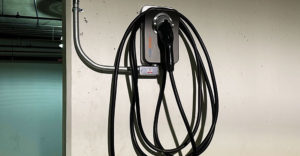Battery replacements in electric cars are rare, and most replacements occur during the life of the vehicle’s warranty, concluded a recent study by Recurrent Motors, a provider of battery health reports and range projections for used electric cars.
Based on a sample of 15,000 cars, Recurrent researcher Liz Najman found that only 225 cars (1.5%) had their batteries replaced outside of battery recalls.
The study also discovered that battery degradation isn’t linear. It occurs faster in the first few years of a vehicle’s life, then slower as it ages.
Battery replacement can be a serious issue for an EV owner. A new battery can cost from US$5,000 to $22,000 and for a luxury brand like Jaguar as much as $100,000.
Although car makers say EV batteries should last as long as 20 years, there is little sense of how they degrade over time, Najman wrote, but so far, it seems that EV batteries have much longer lifespans than anyone imagined since very few of them have been replaced, even once the eight-year, 100,000 mile warranty period ends.
“EV batteries are exceeding original expectations because the battery management systems are more sophisticated than most people realize, and early adopters are well educated about battery health,” Recurrent head of marketing Andy Gaberson told TechNewsWorld.
Steer Clear of Fast Chargers
Edward Sanchez, senior analyst for automotive at TechInsights, a global technology intelligence company, explained that engineers design modern EV batteries to last the typical vehicle lifetime of 150,000 miles.
“Some have gone longer,” he told TechNewsWorld.
The auto industry, though, seems to be adjusting its view of a vehicle’s lifespan.
“The industry is recognizing that most vehicles are on the road much longer than 10 years and 150,000 miles,” observed Sam Abuelsamid, principal analyst for e-mobility at Guidehouse Insights, a market intelligence company in Detroit.
“The average age of a vehicle on the road in the U.S. is over 12 years, and it’s not uncommon to have vehicles with 200,000 to 300,000 miles on them,” he told TechNewsWorld.
“The industry knows that, and it wants to minimize the risk of an owner replacing a battery during the useful life of the vehicle,” he continued. “They’re trying to keep the battery life aligned with the life of the rest of the vehicle.”
EV batteries can last for the life of a car if they’re not “cooked,” noted Rob Enderle, president and principal analyst at the Enderle Group, an advisory services firm in Bend, Ore.
“What cooks the batteries are Level 3 fast chargers, just as the battery in your smartphone will degrade faster if you’re constantly fast charging it,” he told TechNewsWorld.
Abuelsamid also recommended minimizing the use of fast chargers. “If you charge a battery slower, you’ll put less stress on it,” he said.
Charging your battery is a physical process that moves lithium ions and electrons around in the cells. At faster charging rates, the physical processes happen more forcefully, and more physical stress or micro-damage occurs to the battery materials.
With very high voltage charging, such as DC fast charging, a lot of heat is also generated, which is not ideal for battery longevity, it continued. DC fast charging is the double bacon cheeseburger of charging: great on a road trip but best to avoid every day.
Heat Is a Battery Killer
Experts recommend not depleting a battery below 10% capacity or charging it above 100% to prevent stressing the battery and causing premature dendrite formation.
“Battery degradation is usually due to the formation of dendrites, which are projections of metal that can build up on the lithium surface and penetrate the solid electrolyte, eventually crossing from one electrode to the other and shorting out the battery cell,” Sanchez explained.
The exception to the 100% rule, he noted, is lithium iron phosphate (LFP) batteries, which are recommended to charge to 100% for the battery management system to get a more accurate reading.
LFP batteries also typically operate at a lower voltage than other chemistries, he said.
The lithium-ion batteries used by EVs differ from those used in consumer devices in several ways. Consumer device batteries are engineered to last only two or three years, while an EV Li-ion can power a vehicle for 150,000 miles and still maintain 70% capacity.
One of the most important distinctions between lithium-ion batteries used in consumer devices and EVs is thermal management, noted Abuelsamid.
“Laptop and phone batteries have no thermal management,” he said. “There’s nothing to control the temperature of the battery over its lifespan.”
“The faster you charge a battery, the more heat that goes into that battery,” he continued. “Heat is a killer for batteries. If a cell gets too hot, that causes internal damage to the cell.”
“In a vehicle, the batteries have much more sophisticated thermal management that tries hard to keep the battery’s temperature in its sweet spot, neither too cold nor too hot,” he explained.
Avoiding Solid Waste Apocalypse
As batteries degrade, the study found that an EV’s range declines. For example, Tesla’s Model S, with the 100-kilowatt-hour battery pack, loses roughly 75 miles of range, on average, after 100,000 miles.
However, the older Model S, which has smaller 70- and 85-kilowatt-hour battery packs, lost almost no driving range after covering the same distance.
By comparison, the 2014 and 2017 models of the BMW i3s clocked 100,000 with about 80% of their original battery capacity remaining.
Meanwhile, the 2021 Hyundai Ioniq 5 lost about 15 miles in range over the first 20,000 miles but almost no further degradation out to 90,000 miles.
While some see EVs as an essential step toward addressing climate change, others see a deluge of hazardous waste generated by the vehicles. That need not be the case, according to some experts.
“As EV production increases, there will inevitably be an end-of-life materials management issue, but companies such as Redwood Materials — founded by Tesla co-founder J.B. Straubel — Li-Cycle and others are working to get ahead of this issue and responsibly recycle and reclaim EV batteries,” Sanchez said.
“Some utilities are also repurposing used EV batteries as a means of load-leveling the grid and nighttime renewable energy storage,” he continued.
“Those that claim EV batteries will be a cataclysmic environmental disaster are not factoring in the value of reclaimed elements and metals from EV batteries, which there will be significant demand for in the future,” he maintained.
Abuelsamid agreed that we could avoid a solid waste problem.
“You can recover 98% of the critical minerals in a battery during recycling,” he said. “Since it’s unreasonable to expect we’re going to meet all the future demand for batteries with virgin materials, the industry will be much more reliant on recycled materials.”
“We don’t want to be throwing batteries into landfills,” he declared. “That’s not a viable option.”

























































